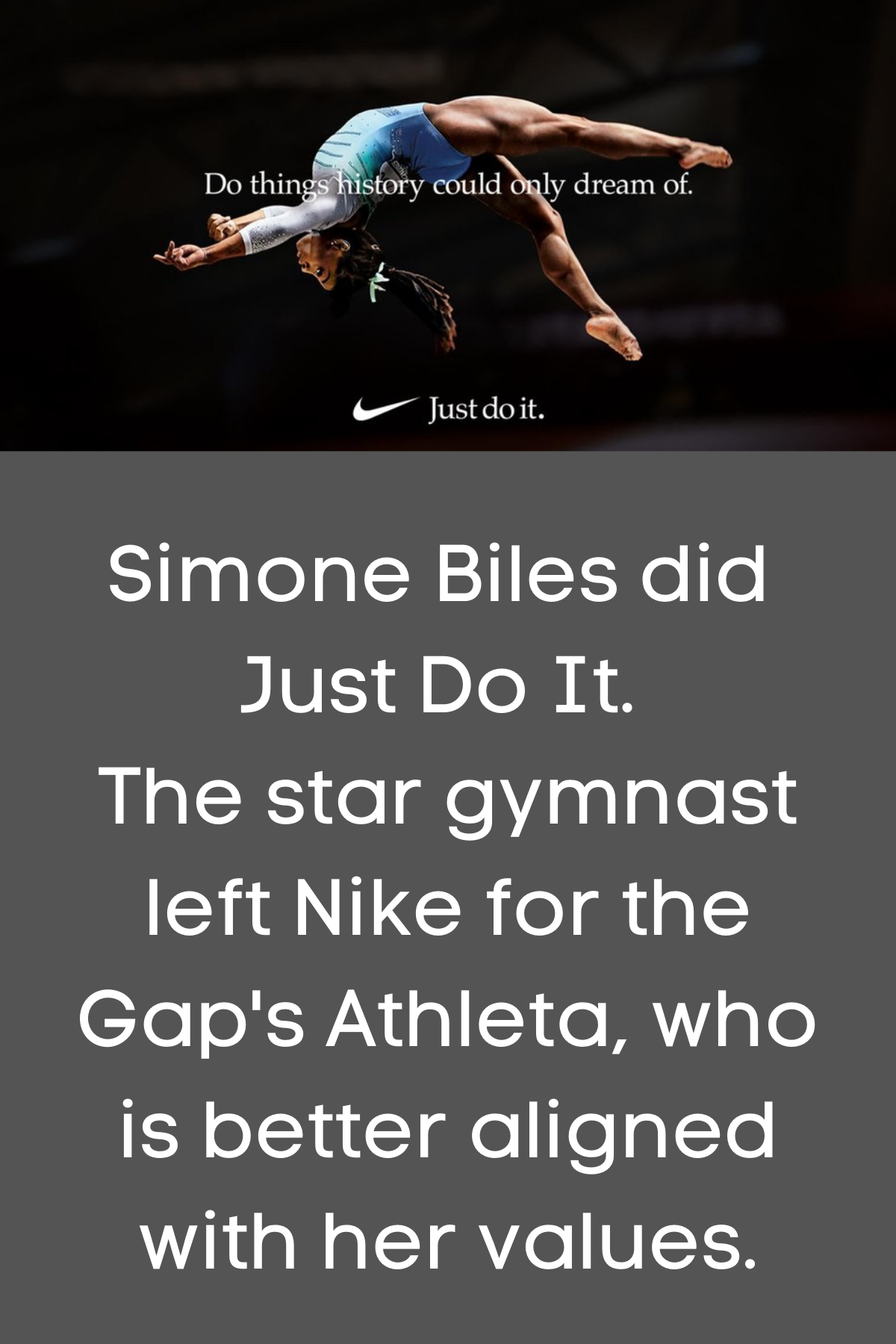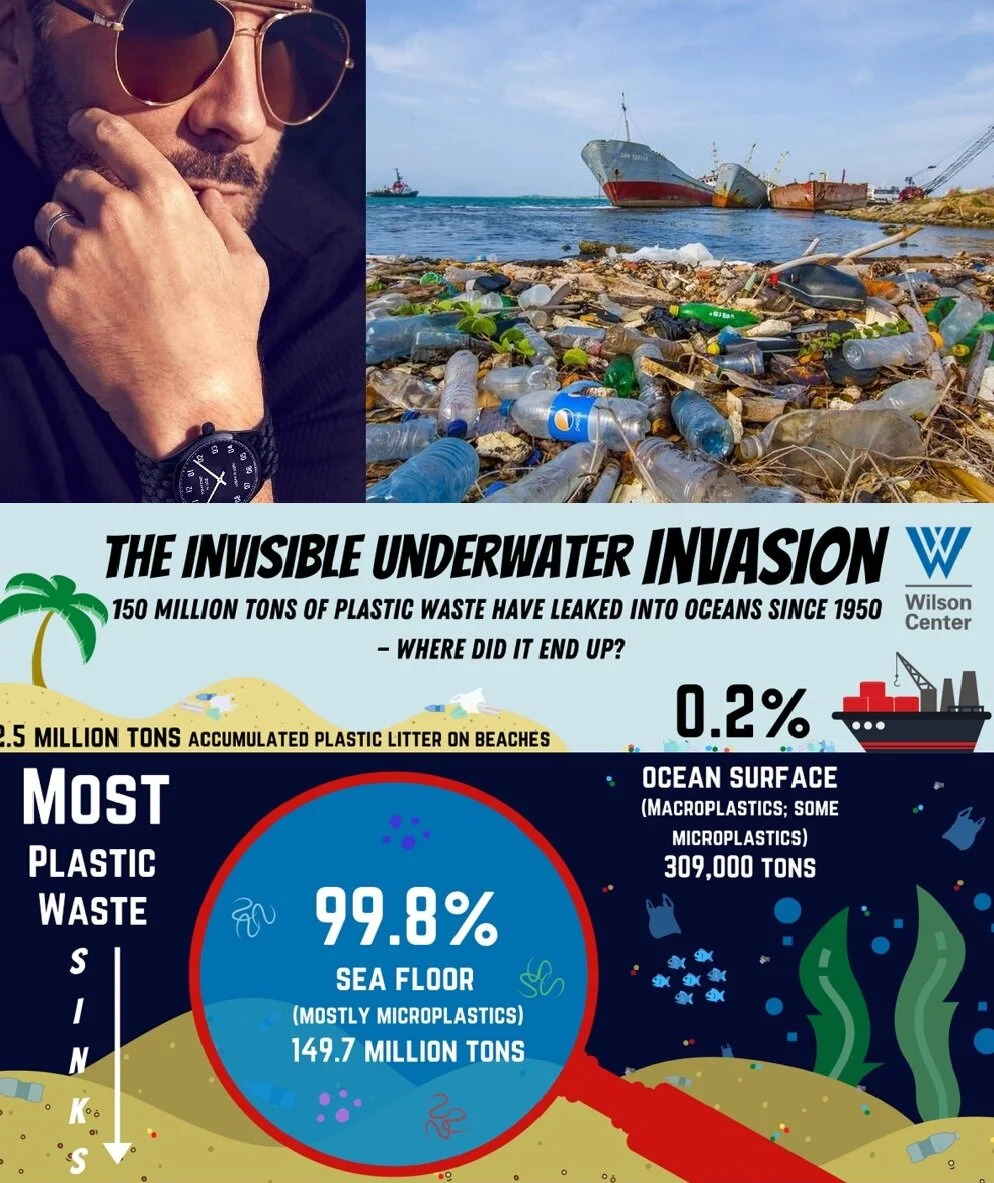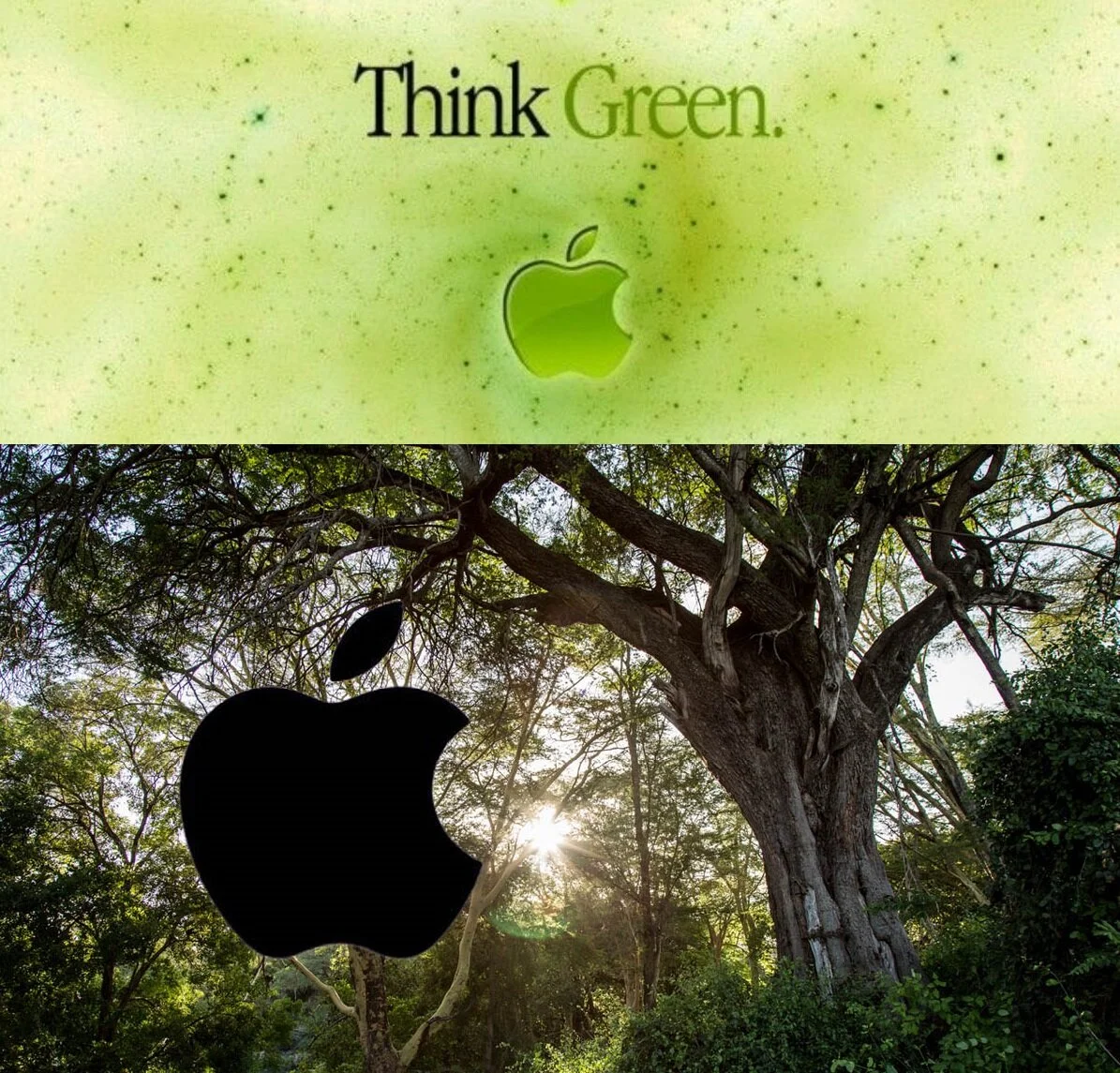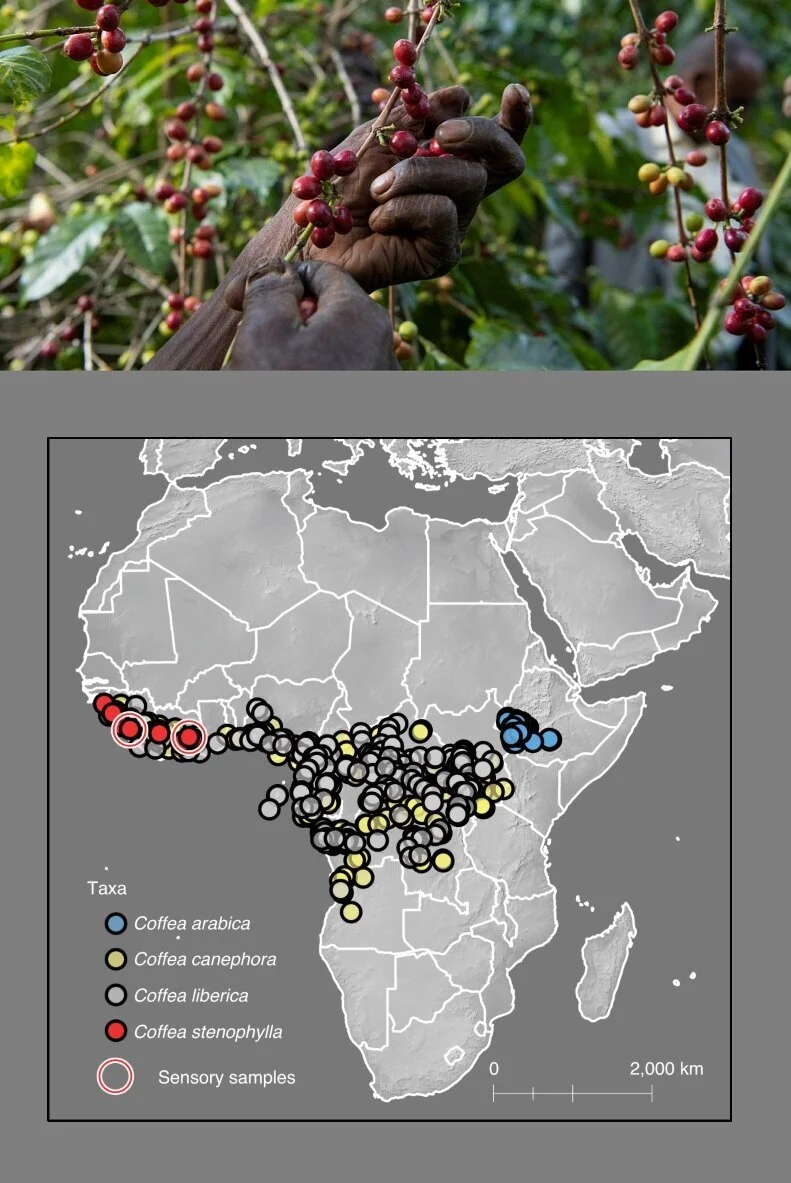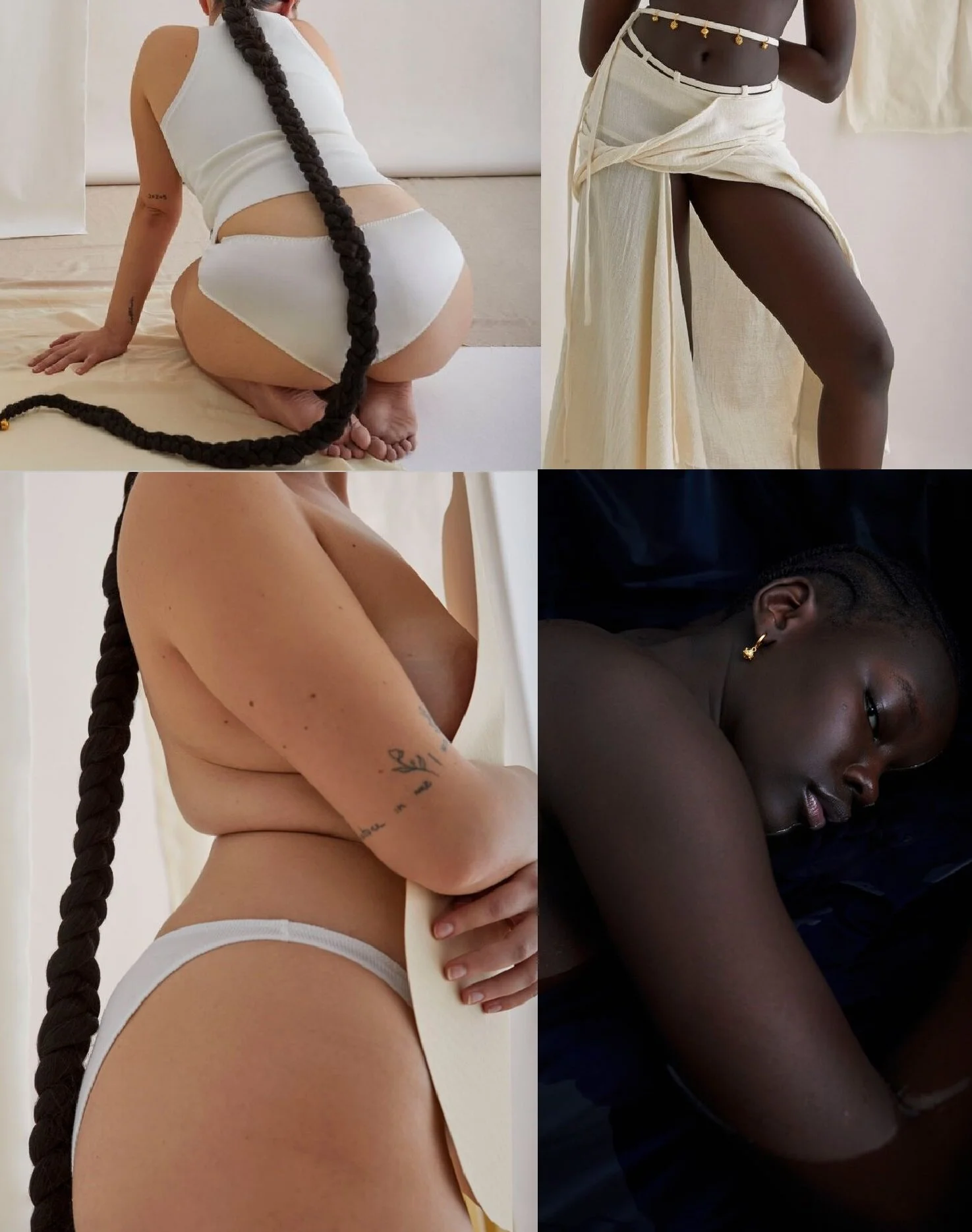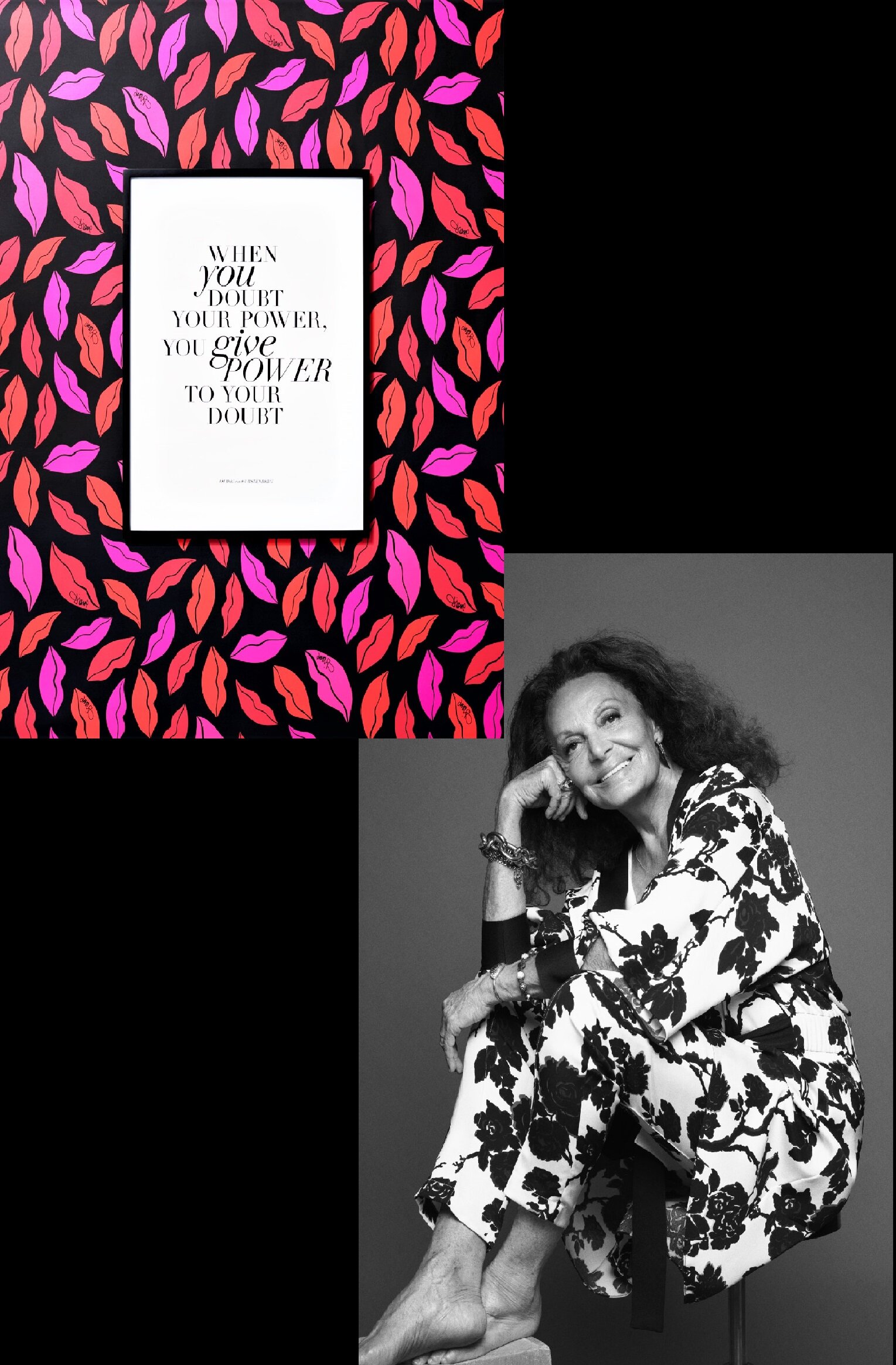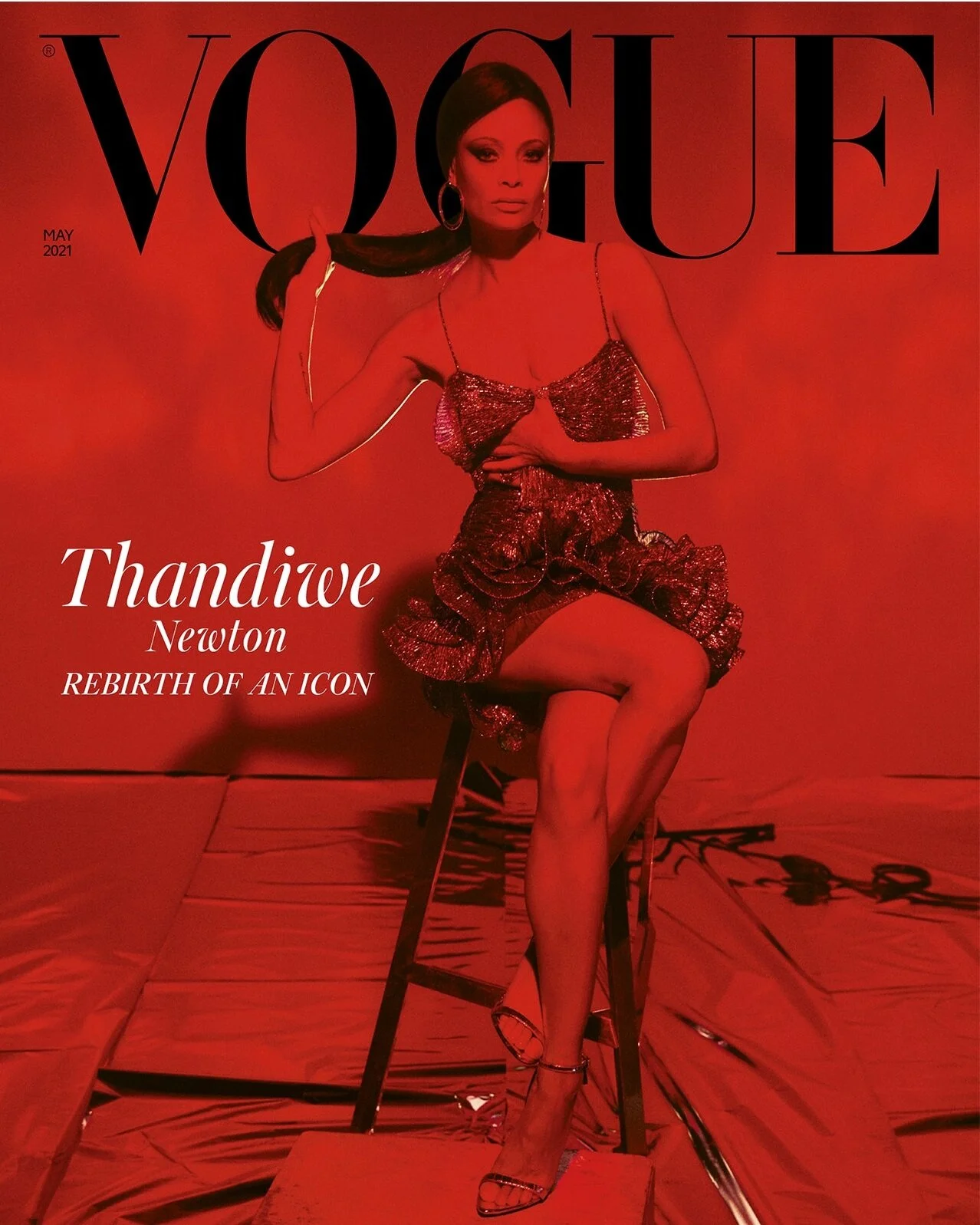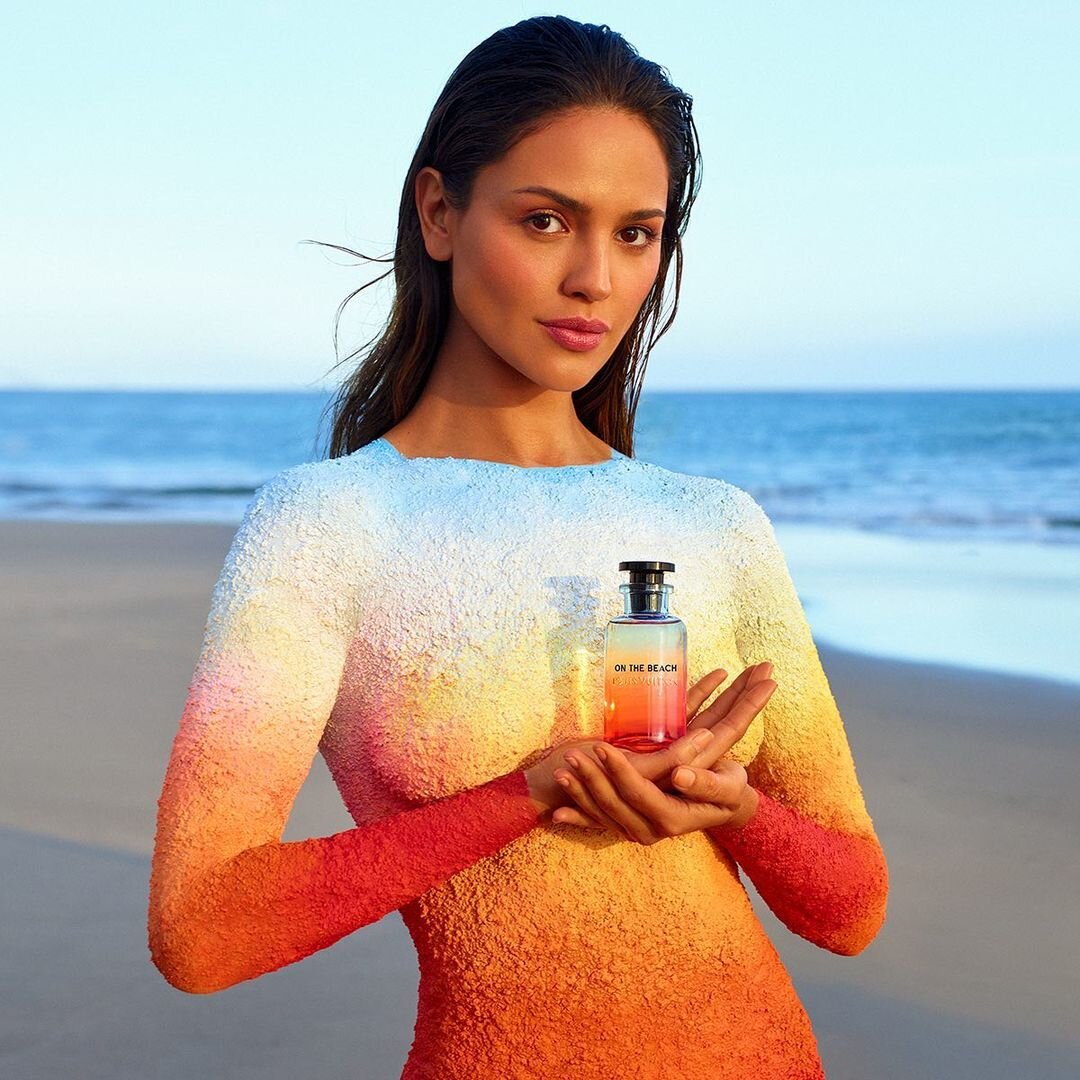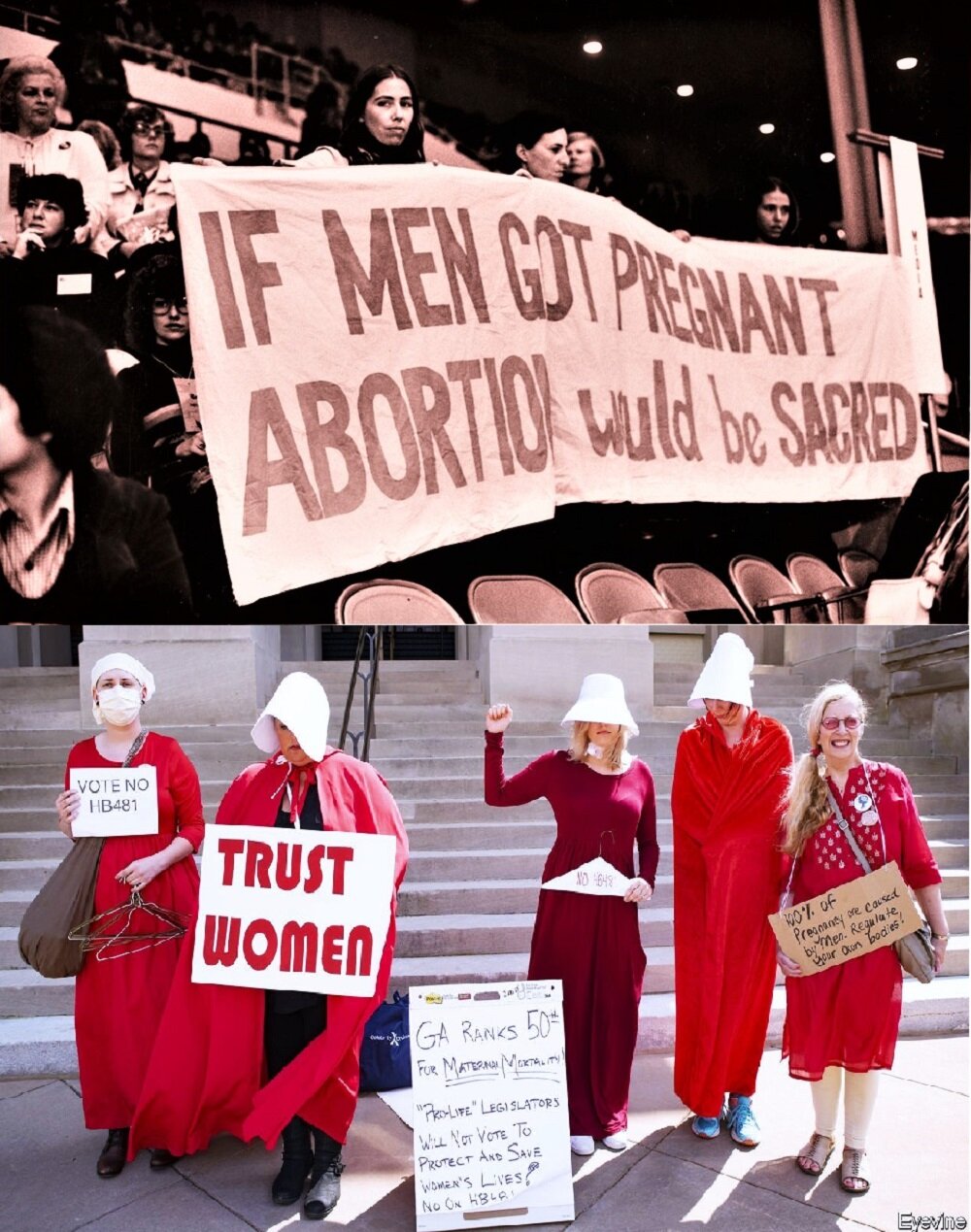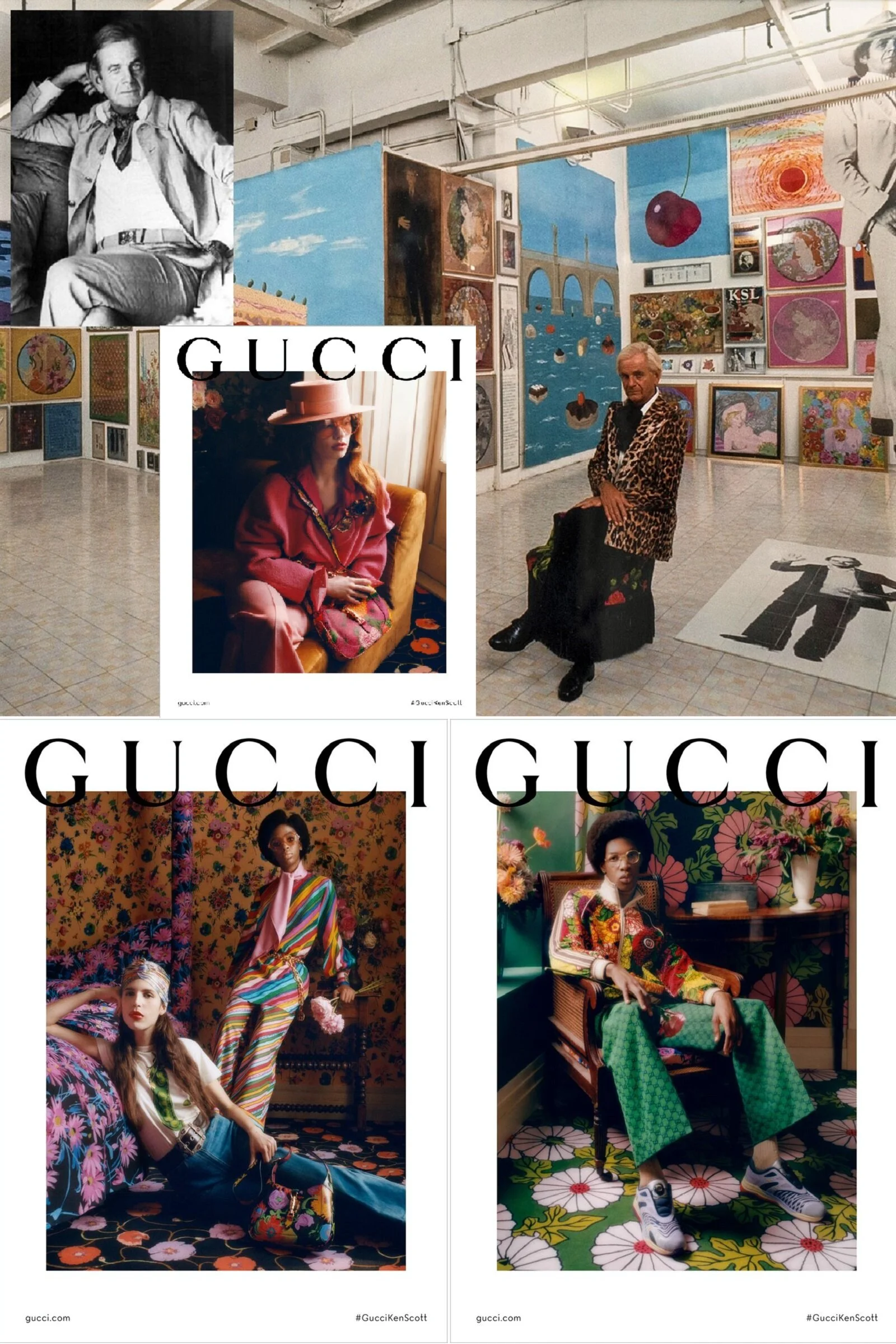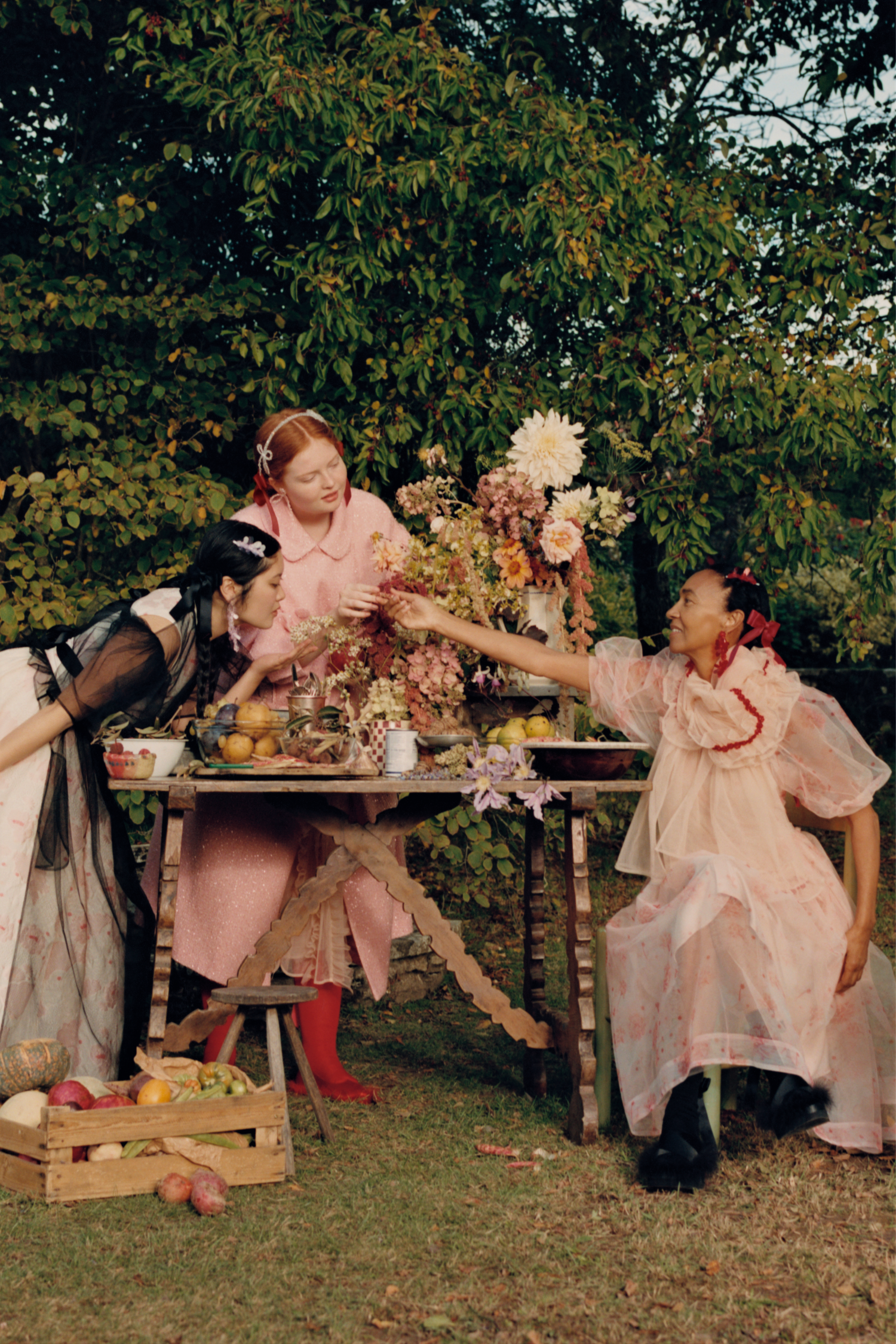In Defining Style Matters, Bloggers Dominate
/ The bloggers Bryan Boy, third from left, and Tommy Ton, right, in Milan.Today’s NYTimes writes a feature on the importance of bloggers in the fashion world. The world of fashion press has been shaken to its knickers by the real-time arrivial of ‘ordinary’ bloggers who didn’t come up through the ranks, sitting front row with Vogue’s Anna Wintour.
The bloggers Bryan Boy, third from left, and Tommy Ton, right, in Milan.Today’s NYTimes writes a feature on the importance of bloggers in the fashion world. The world of fashion press has been shaken to its knickers by the real-time arrivial of ‘ordinary’ bloggers who didn’t come up through the ranks, sitting front row with Vogue’s Anna Wintour.
Whatever is she thinking!
 Tavi Gevinson, the author of a blog called Style Rookie, was feted by designers, filming promotions for Target, flown to Tokyo for a party with the label Comme des Garçons and writing a review of the collections for no less than Harper’s Bazaar.The word ‘ordinary’ doesn’t apply to Tavi Gevinson, who writes the Style Rookie blog. At 13 years old she’s completely turned professional fashion minds inside out. Gevinson was noticed by Kate and Laura Mulleavy, the designers of Rodarte, who described her as “curious and discerning”.
Tavi Gevinson, the author of a blog called Style Rookie, was feted by designers, filming promotions for Target, flown to Tokyo for a party with the label Comme des Garçons and writing a review of the collections for no less than Harper’s Bazaar.The word ‘ordinary’ doesn’t apply to Tavi Gevinson, who writes the Style Rookie blog. At 13 years old she’s completely turned professional fashion minds inside out. Gevinson was noticed by Kate and Laura Mulleavy, the designers of Rodarte, who described her as “curious and discerning”.
The traditional press came late to the Internet style party, refusing to share content for free or undermine their print circulation advertising rates with free sharing online.
With major media laying off writers to cut overhead, they’re competing with people like me, who are currently writing for free, while working out future revenue models.
Ironically, the first thoughts I had when reading the headline The Year in Style - Fashion Bloggers Horn in on Elle and Vogue, is that the story is old news, and it reaffirms my belief that the NYT is increasingly late in writing important stories.
Fashion bloggers aren’t the only competition. People read international press online, whereas we would never buy the London Times or Match.
In the case of this particular story, the Wall Street Journal, my new fav online read, covered Tavi Gevinson and this blogger trend ‘real time’ on September 11, 2009, at the time of the designer shows for spring 2010.
Again around October 1, 2009 the WSJ covered the changing face of brand management and the relevance of bloggers.
It strikes me as odd that the NYTimes Style section is itself very slow to write about this topic, making them increasingly irrelevant themselves as a primary source of style news and current thinking.
There’s a reason why blogs like Jezebel.com have 500,000 unique visitors in a month. You don’t have to agree with Jezebel to admire their style. They will use the f-word on Jezebel, which is hardly a prerequisite for solid online journalism. Yet, we admire their straight-talk moxie.
Measuring the Risk of Offense
Watching traditional press handle the Ralph Lauren Photoshop controversy this fall highlights part of the problem between traditional media and readers. Especially the NYTimes has been reluctant to take up the body image, thin model, fashion vs female psyche discussion. I say for fear of offending Ralph, because an intellectual media can’t argue that the topic isn’t important to women.
When fashion advertising revenue is down, who wants Ralph Lauren looking elsewhere to place his media budget?
Yet readers go to websites that meet their needs. With fashion shifting to embrace new Smart Sensuality values, readers not only want news and photos instantly, they want them with straight talk and a degree of authenticity attached.
In the olden days, we would call these blogs ongoing human interest stories.
Stopping now at the Garance Doré blog, we see a post All You Need Is Love Baby. The writing isn’t exactly Columbia Journalism worthy: Okay, so since I haven’t had any time to write or take pictures these past few days, I was thinking that it’d be good to bring you along with me with a little film. It’s from yesterday, when I went to go visit my friend Delphine who keeps up the awesome blog for Jalouse, on their shooting for the next issue. Mmmk, come on and take a quick tour with me at the Chelsea Hotel…
We’re in the act, going live into the fashion world, and it’s a relaxed, fun trip. We know this woman Garance Doré in an up close and personal way.
In our newly sobered up world, there’s a place for timely straight talk by real people, who have personalities and human flaws. These new celebrities are often nice to readers, rather than imperious.
The Wild West aspect of online journalism does put the little people in prime SEO (search engine optimization) position helping define a brand’s image with the public. Internet traffic and effective use of headlines, key words and photos gives ordinary people a front page Google presence in defining brand images.
Online journalism challenges established media not only as arbiters of style, but in generating straight talk about the place of style in people’s lives, their psyches and wallets. It’s the bloggers who are tracking stories that connect people and their products.
Bloggers like Jezebel won’t think twice to go public with a controversial and potentially damning story in the fashion world.To date, parent Gawker Media has a reputation of following the story before worrying about offending advertisers.
While big media editors consider how to frame the story to offend the fewest people, the bloggers and nontraditional style media like the WSJ are driving the reporting.
Trust me when I say that a bigger style media shakeout is coming, especially when the French press gets off their high horse and publishes online editions in English. I would not want to be the NYT Style section the day French fashion press goes global. Anne
More Reading:





